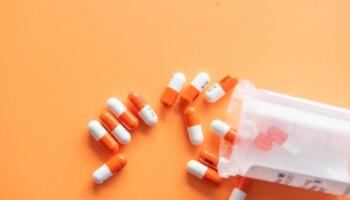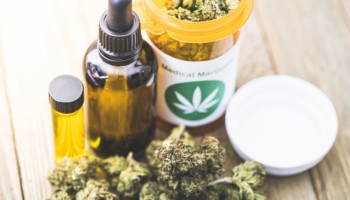Following a long period of negotiation, Phase I of the US-China Trade Agreement was published on 15 January 2020. An important element of the negotiations from the US side had focussed on the need for China to recognise and strengthen the protection of intellectual property (IP) rights held by US companies in China. Chapter 1 of the Agreement is of particular relevance to pharmaceutical companies as it contains a broad range of measures that, if implemented into law and properly enforced, could have a significant beneficial effect for IP rights owners in China.
Contents of Phase I
Under Chapter 1 of the Agreement, China recognises “the importance of establishing and implementing a comprehensive legal system of intellectual property protection and enforcement”, which is positive news for all industries with a strong reliance on their IP portfolios. Chapter 1 contains specific requirements aimed at protecting both trade secrets and IP rights.
Trade Secrets
Section B of Chapter 1 is directed toward “Trade Secrets and Confidential Business Information”. The scope of the potential protections are broad, as ‘confidential business information’ is defined as information that “concerns or relates to the trade secrets, processes, operations, style of works, or apparatus, or to the production, business transactions, or logistics, customer information, inventories, or amount or source of any income, profits, losses, or expenditures of any person, natural or legal, or other information of commercial value”. The information must have the potential to cause a person substantial harm if leaked.
The text of the Agreement outlines significant liability for anyone found to have misappropriated trade secrets or confidential business information. There are also some practical measures in the Agreement aimed at simplifying the legal process. Importantly, the amendments made to the China Anti-Unfair Competition Law last year, which reversed the burden of proof requirement in misappropriation of trade secrets cases, is included in the Agreement. This means that a person accused of misappropriating trade secrets would have the onus on them to provide evidence that they were not guilty of the accusation if the holder of the trade secret has produced prima facie evidence of misappropriation. Other potential legal benefits would be effective measures of granting a ‘preliminary injunction’ where needed, a gradual elimination of the requirement for the trade secret holder to demonstrate actual loss as a threshold for criminal enforcement, and the introduction of criminal penalties to “address wilful trade secret misappropriation”.
Of particular note to industries that involve regulatory review such as the life sciences industry, the Agreement draws up specific proposals for Government authorities that require them to protect the trade secrets and confidential business information that is filed during regulatory submissions.
Pharmaceutical Related IP
Section C of Chapter 1 contains information relating specifically to “Pharmaceutical Related Intellectual Property”. The Agreement contains some positive elements for originators/patentees.
A significant step is the requirement that China implement a patent linkage system (PLS). Such a system has been in discussion by the Chinese State Council and National Medical Products Administration (NMPA) for over 2years. The benefit of a PLS would be the ability for a patentee to file infringement proceedings when a generic manufacturer files an abbreviated new drug application (ANDA) with NMPA, rather than having to wait until the product is offered for sale in China (as is currently the case).
Further bringing China in-line with other jurisdictions is Supplementary Protection Certificates (SPCs). A SPC will compensate for the time taken to obtain regulatory approval for the product. The SPC would be issued for no longer than 5 years and would not be granted more than 14 years from the date of marketing approval in China. The SPC provisions had already been proposed in the 2019 draft of the PRC Patent Law.
An area of chagrin for many life sciences companies in China had been the general reluctance of the CNIPA and Chinese Courts to accept ‘supplemental data’ to support sufficiency and inventiveness claims during patent review/invalidation proceedings. This situation had led to many pharmaceutical patents being held invalid in China. In requiring a more definitive acceptance of supplemental data in these proceedings, the likely outcome would be that more patents will be upheld in China.
Timeframe for Implementation
As China is the second largest pharmaceutical market in the world, the potential elements outlined in the Agreement are welcome news to the life sciences industry. Many of the stipulated requirements have been floated in previous draft versions of the PRC Patent Law, providing some indication that they may be implemented. The Agreement has stipulated that the appropriate implementation methods for the provisions will be determined, including making proposals to amend/create laws if necessary. The Agreement will enter into force “within 30 days of signature by both Parties or as of the date on which the Parties have notified each other in writing of the completion of their respective applicable domestic procedures, whichever is sooner”. The actual timeframe to enact the various elements of the Agreement requires that “each Party shall provide no less than 45 days for public comment on all proposed measures”, unless otherwise stipulated. With the current situation surrounding the Coronavirus (2019-nCoV) developing, there exists a possibility that the implementation of the Agreement may be delayed. Further monitoring will be necessary to follow how and when these provisions are enacted in China.


